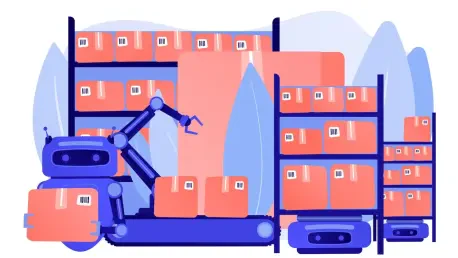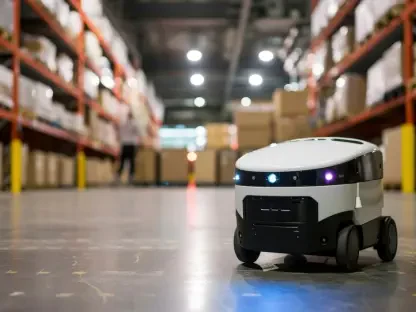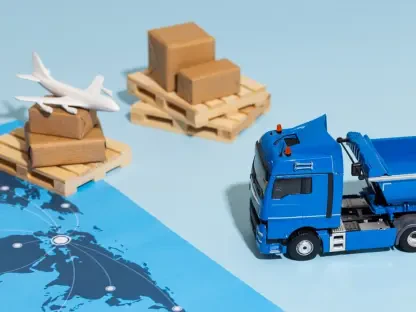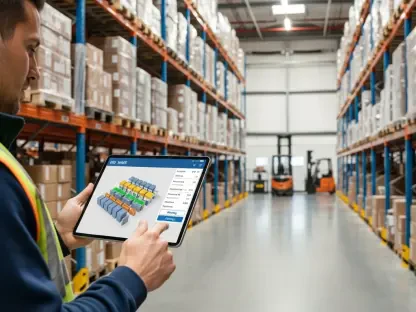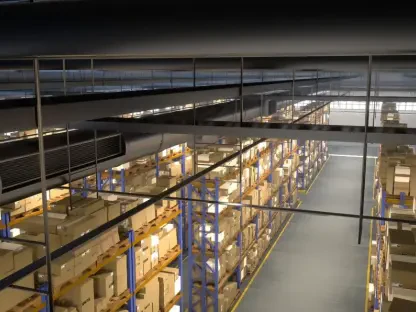Automation is altering the face of warehousing and logistics, streamlining processes and paving the way for a new era of efficiency. By reducing manual labor and adopting advanced technologies, companies are responding to increasing consumer demands for speed and customization, underscoring the strategic importance of automation in today’s competitive landscape.
Entering a New Phase in Warehousing
The sphere of warehousing and logistics is amid a significant transformation, propelled primarily by automation’s growing influence. This shift is a response to the rising expectations for faster service delivery and more personalized consumer interactions. In this changing landscape, automation not only enhances efficiency but also fosters innovation, acting as a cornerstone for reinvigorating traditional operational models. Considering these developments, this analysis examines how automation has become essential for modern warehousing.
Historical Footprints of Automation
To appreciate the industry’s current state, it is crucial to trace the evolution of warehousing from its labor-intensive origins to the present technology-driven reality. Historically dominated by manual operations, the transition towards mechanization has progressively introduced technologies that have transformed workflows. This evolution, marked by continual technological adoption, laid the groundwork for today’s sophisticated systems powered by artificial intelligence—a clear testament to the monumental changes the industry has undergone.
Pivotal Role of Efficiency in Transformative Automation
Streamlining Operations through Technology
One significant advantage of deploying automation is the enhancement of operational efficiency within organizations. Systems like automated packing lines and conveyor systems revolutionize workflows, reduce human error, and diminish operational hiccups. Companies that have integrated these technologies cite noticeable leaps in productivity and operational effectiveness. Nevertheless, the shift does not come without hurdles, such as significant initial capital outlay and the imperative to retrain employees for new operational paradigms.
Meeting Consumer Expectations through Customization
The demand for bespoke solutions is soaring, and automation stands as the key to fulfilling these market needs. With the rise of technologies like robotic arms equipped with AI-driven vision systems, industries can handle a wide array of products with diverse shapes and sizes. This ability underscores the shift from traditional methods to advanced, tailored solutions, where the opportunities for customization are vast but must be weighed against the inherent technological risks.
Regional Adaptations and Innovative Dynamics
Automation’s impact varies significantly across geographical regions, necessitating tailored strategies to align with distinctive market conditions and regulatory frameworks. Discussions around this subject explore these regional subtleties, disruptive technological innovations, and the unique hurdles different sectors encounter. By uncovering these variations, businesses can better navigate the complexities of implementing automation on a global scale.
Anticipating Future Trends and Breakthroughs
The horizon for warehousing and logistics brims with potential for further evolution driven by emerging trends and technologies. As the Internet of Things (IoT) and blockchain become more integrated into operations, they promise to redefine industry norms. Changes in economic frameworks and regulatory landscapes are set to influence strategic decisions, molding the continuously evolving nature of warehousing as companies adapt to these groundbreaking trends.
Strategic Takeaways for Industry Stakeholders
It is vital for businesses and professionals to embrace automation as an embedded strategic necessity. Analyzing each area discussed herein enables stakeholders to pinpoint best practices and develop strategies that align with emerging trends. By leveraging insights, businesses can align their operations with shifting expectations and industry forecasts, thus maintaining a competitive edge.
Towards a Lasting Transformation
The automation wave in warehousing and logistics has heralded a substantial industry shift with long-term impacts on business operations. This profound change demands adaptation and integration of forward-thinking strategies to ensure a competitive stance. By leveraging these insights and maintaining a sharp focus on future-trending practices, businesses position themselves for successful navigation in the dynamic terrain of warehousing and logistics.
